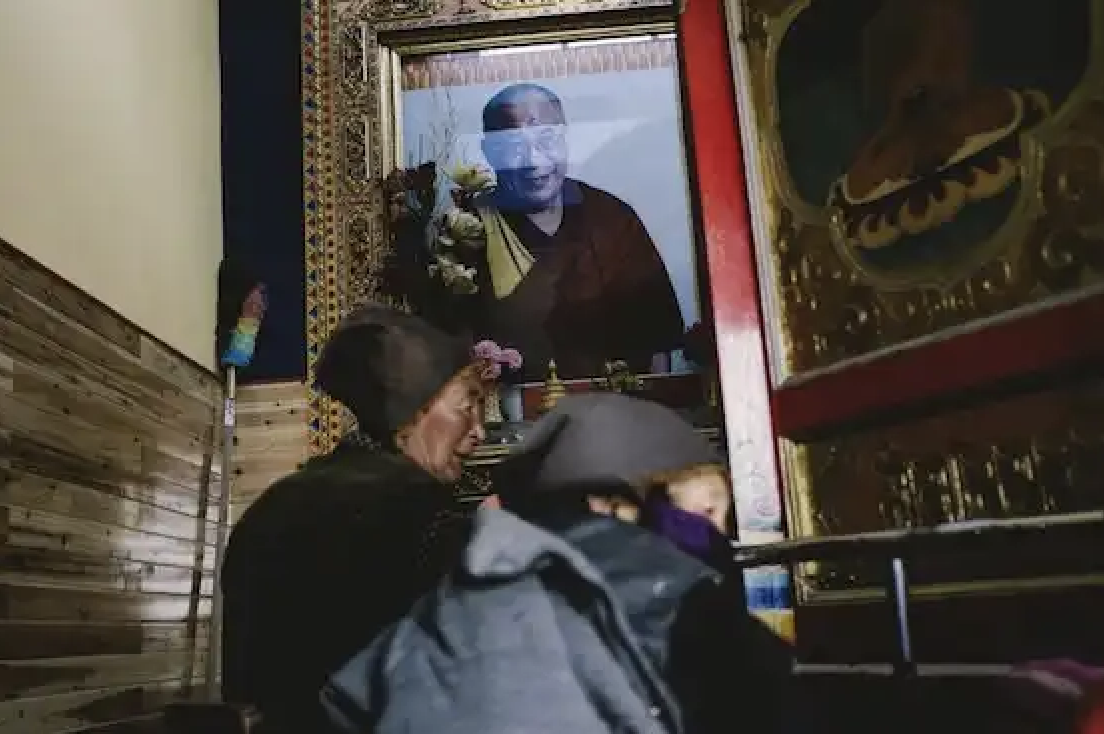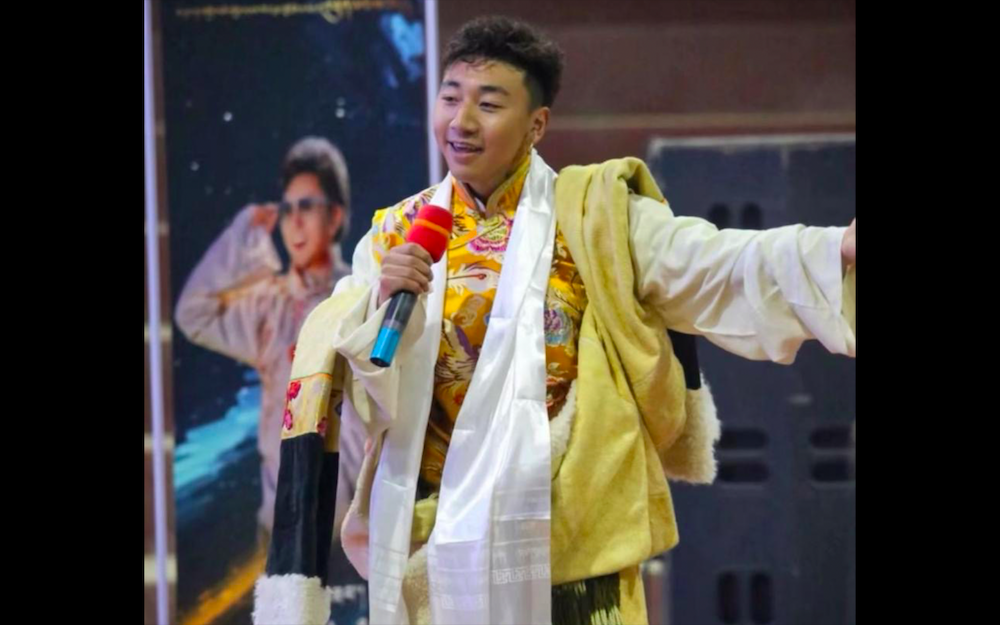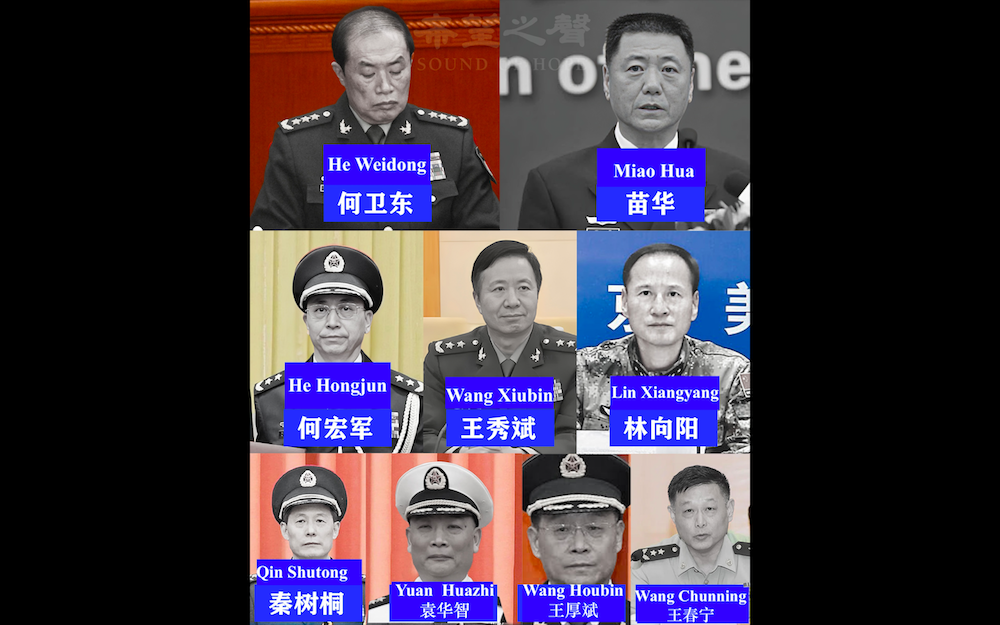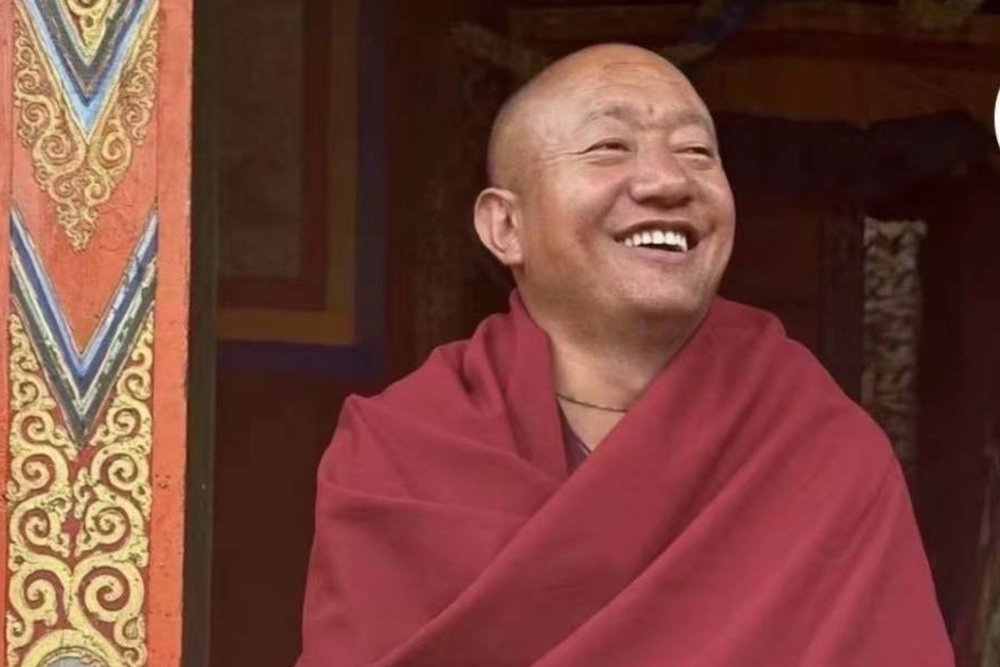By Torbjörn Petersson
(Translated from Swedish into English by Monica Masuda)
LHASA: More than 300 monks in red robes are sitting on pillows in the shade of trees at the almost 600 year old Sera monastery in Lhasa. They are eagerly and loudly discussing Buddhism, exactly as they usually do in the afternoon.
But in the evenings and night, they sit glued to the TV set, following the Soccer World Cup. They read team line-ups, and allow themselves time to study the tactics of the different teams.
This I’m told by Dorje, a monk who entered the Sera monastery eight years ago and hesitantly accepts a short interview on the condition that it is only about soccer.
“Soccer is relaxing,” he says.
The interest in soccer is shared by many of Dorje’s fellow monks. Three years ago, the Sera monastery created an “inter-works team” playing against other monasteries in Tibet. At that time, France was in great repute. Zinedine Zidane was the Number One. Now, Brazil and Ronaldinho are popular.
“Brazil are the favourites, they will win, or Germany. As for Sweden’s match I actually don’t remember it though I try to find time to watch everything,” says Dorje.
After days filled with pilgrim visits, studies of holy texts, and the debates in the yard, the monks sit down in front of the TV set and the broadcasts from the World Cup.
The time difference – six hours from Germany – is not a problem for Dorje.
“I watch nevertheless. I don’t get tired because it’s not so hard during daytime.”
A local authority employee accompanying me acts as an interpreter, while some tourists who were allowed to enter the area, are videotaping and taking pictures of the animated discussions among the monks – at a distance.
Two policemen take care that no “inappropriate” contacts are taken between foreigners and monks.
The Sera monastery is one of the most important and best preserved Buddhist monasteries in Tibet.
Much has changed during the rule of the Chinese Communist Party in Tibet. Once, Sera had more than 5,000 monks; today there are about 500.
According to campaign organizations abroad, the Communist Party has limited the number of monks and set up rules for their religious practice. The Party has condemned the Dalai Lama, the spiritual leader living in exile in Northern India.
Chinese troops entered Tibet in 1950. Nine years later, the Dalai Lama fled. During the Cultural Revolution between 1966 and 1976, thousands of Tibetan temples were destroyed.
It would have been interesting to hear what Dorje and other monks would have had to say about topics other than the Soccer World Cup, but this out of the question.
-Ten years ago, monks were still able to contact Westerners and talk to them in some secluded place, telling about the real situation. They could hand over small pieces of paper with messages to the outside world, says Kate Saunders, International Campaign for Tibet.
“Today, the monks dare not take that risk,” she says.
The monk, Dorje, says that he can not talk any longer. Time for the improvised interview is up. His teachers are strict. During the discussions in the yard they are supposed to talk to each other about Buddhism, not to answer questions from outsiders, not even about the Soccer World Cup.
Note: The above article originally appeared in one of Sweden’s biggest newspapers, Dagens Nyheter (Daily News).









